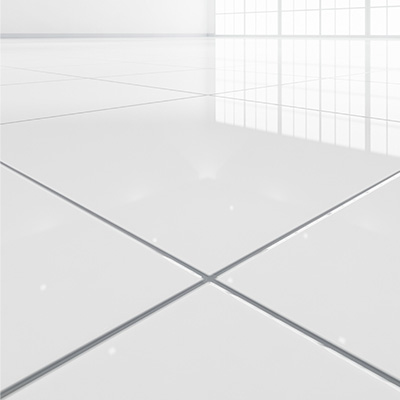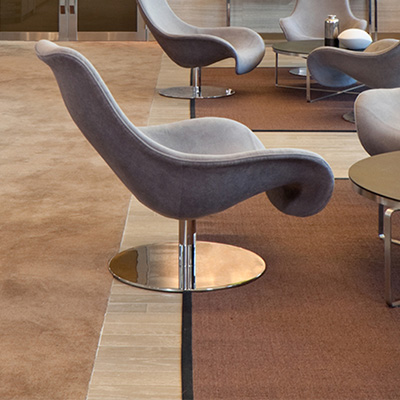Now that you know what you’re up against, it’s time to choose the vacuum(s) best suited for the environments you’re working with. In almost all of these examples you now have the option to choose either a corded or cordless vacuum cleaner.
Corded vacuums usually (but not always) have much stronger suction as they’re powered by the mains. They’re also heavier, so if portability is key then a cordless model may be better suited to your needs. However, keep in mind that you won’t have the same kind of suction and it will also lose some of that sucking power as the battery begins to deplete. In short, it’s a trade-off between convenience and suction strength.
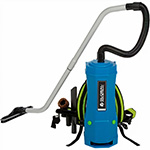
Backpack Vacuums
A very popular choice in commercial settings (particularly for office cleaning crews), backpack vacuums are lightweight and ergonomic, making it easier to clean for longer periods of time. A portable vacuum cleaner like this also allows the operator to use their hands to manage the wand without needing to move the cleaner, and this makes moving trash cans, chairs, and other obstacles much easier, too. Most come with long cords, eliminating the need for an additional extension cord, and a changeable HEPA filter..
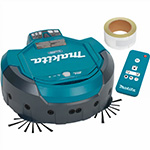
Robotic Vacuums
Also known as an automatic vacuum cleaner, this model is ideally suited to large flooring spaces in warehouses, offices, cafeterias, schools, hospitals, gymnasiums, and convention centers. As the robotic vacuum cleaner requires no user, you can just turn it loose and let it do its thing at any time you see fit. Usually powered by Lithium-Ion batteries for extra strength and longevity, this handy tool comes with boundary tape so that you can specify exactly which areas to clean.
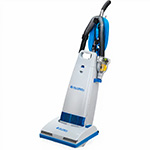
Upright Vacuums
No doubt the kind of vacuum you are most familiar with, an upright vacuum is a self-contained, all-in-one design that the operator pushes around the floor. A great general-purpose vacuum for hotel rooms, offices, homes, and restaurants, they are easy to push from room to room. However, heavier models can be tough to take up staircases so keep that in mind.
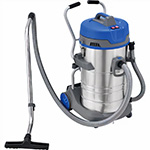
Wet/Dry Vacuums
Looking for a jack-of-all-trades vacuum? This is the one for you. Very popular in garages and at construction sites, these wet/dry vacuums can go from picking up dirt and debris to cleaning up liquid spills in a flash. This can be a time and money-saving option, but the slight drawback is the noise. They are usually much louder than the other vacuums in this list. Also look for models that are easy to empty as tipping over a vacuum filled with 20+ gallons of water can be difficult.
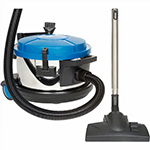
Canister Vacuums
Well-suited to hospitals, schools, restaurants, airports, hotels, and government buildings, the two-piece design of the motor/dirt container and cleaning wand makes the canister vacuum easy to maneuver around/under furniture and other obstacles. If you’re dealing with environments that have a lot of seating, tables, and staircases you’ll find this vacuum the handiest on the list.
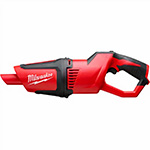
Handheld Vacuums
If you’re going to be vacuuming a lot of hard to reach or tricky places (drapes, upholstery, small/tight spaces, a hand vacuum is a great alternative to a larger model. They’re also easier to store as they are much smaller. Just bear in mind they aren’t suited to cleaning large areas and they don’t have the same kind of dirt capacity as full-size vacuums. But if that’s not an issue, this is definitely the best lightweight vacuum for the job.
